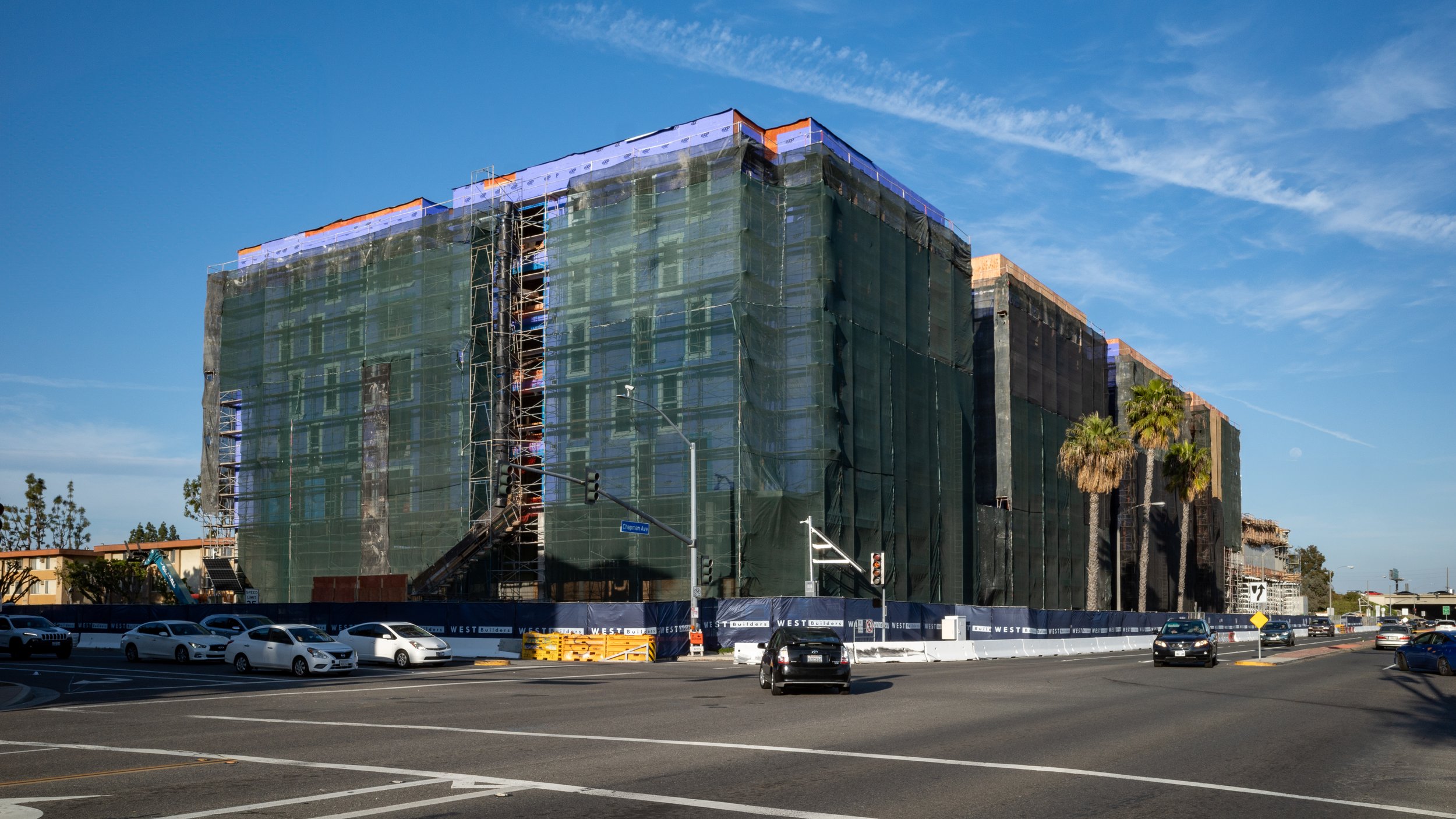Looking Back on the Builder’s Remedy
A couple of days ago in the California Planning & Development Report, Bill Fulton asked if the window on the Builder’s Remedy is closing. He makes the case that the California Department of Housing and Community Development (HCD) is settling many of its disputes with cities like Beverley Hills and that many cities are now getting into Housing Element compliance. What an ever increasing number of cities in compliance with State housing law, the opportunity for Builder’s Remedy projects is diminishing. However, the numbers don’t quite bear that out, and it ignores the biggest affect the Builder’s Remedy had on this Housing Element cycle.
In the SCAG Region, which has been the biggest focus for Builder’s Remedy projects, there are still 56 of the 197 jurisdictions out of compliance. Of those 56, 14 have draft housing elements in review by HCD. Bill assumes that those 14 will largely be approved, but my recent experience with HCD is that they are still holding cities to the same standards that they always have. While some of those 14 housing elements will be approved on their merits, HCD will continue to have comments on many others. Given all that, there are still roughly a quarter of all jurisdictions in the SCAG Region subject to Builder’s Remedy projects.
Despite so many cities in the SCAG Region being out of housing element compliance for years at this point, there have been relatively few Builder’s Remedy projects. According to data from YIMBY Law, there have been 48 Builder’s Remedy projects in the SCAG Region. However, more than a third of those are in Santa Monica alone. The Builder’s Remedy never became a way for developers to produce large number of new homes. For many pro-housing advocates, this has been a real disappointment and great failure of the Housing Accountability Act in general and the Builder’s Remedy in particular.
The biggest constraint to using the Builder’s Remedy has been a lack of certainty regarding approvals and timelines. Many cities subject to Builder’s Remedy worked hard to drag the process out as long as possible, often with never-ending CEQA analysis1. Even though cities generally lost their Builder’s Remedy cases in court, the delay in approvals often made projects infeasible. As has become abundantly clear, especially with LA’s experiment with 60-day approvals, certainty and short timeless allow for a lot more housing to be built than just increasing the allowable density.
With all that said, the Builder’s Remedy was much more impactful on this housing element cycle than the raw numbers would suggest. The Builder’s Remedy loomed large in the minds of residents, city council members, and city staff. It was a real and persistent threat to the character of their communities. More than any other consequence of being out of compliance with State housing law, the Builder’s Remedy provided the necessary motivation for cities to adopt a complaint housing element. While many cities were unhappy with the requirements of State law, they found adopting a compliant housing element that they hand some control over the lesser of two evils when faced with Builder’s Remedy projects upon which they had no control.
While the opportunity for new Builder’s Remedy projects is slowly closing, the threat of those projects has done more than anything else to get many cities to adopt complaint housing elements. In this way, the Builder’s Remedy has been a huge success, even if it hasn’t produced as many new homes as many advocates hoped it would. With a little clarification through legislation or the courts, the Builder’s Remedy could produce significantly more homes and be an even bigger threat to cities in the future.
1. HCD made an interesting argument in the La Cañada-Flintridge case that approval of Builder’s Remedy projects are ministerial and therefore not subject to CEQA. Specifically, they said that the City of La Cañada-Flintridge “is legally compelled to approve” the application for new housing. Unfortunately, this argument was never decided by the courts and therefore remains an open question.^

